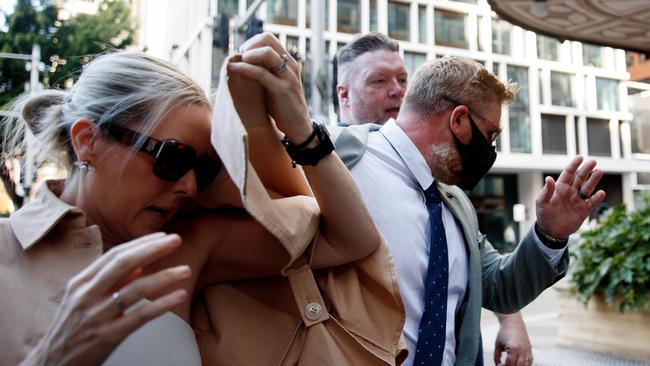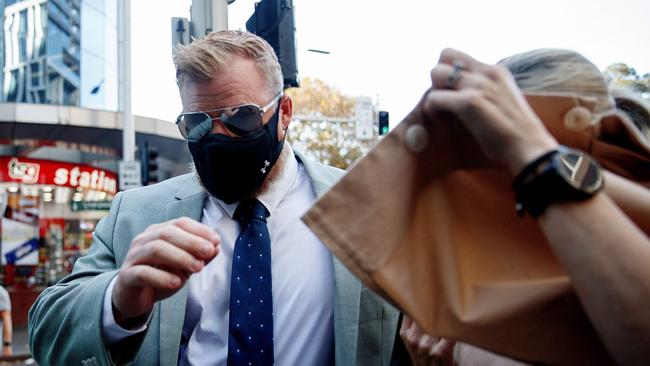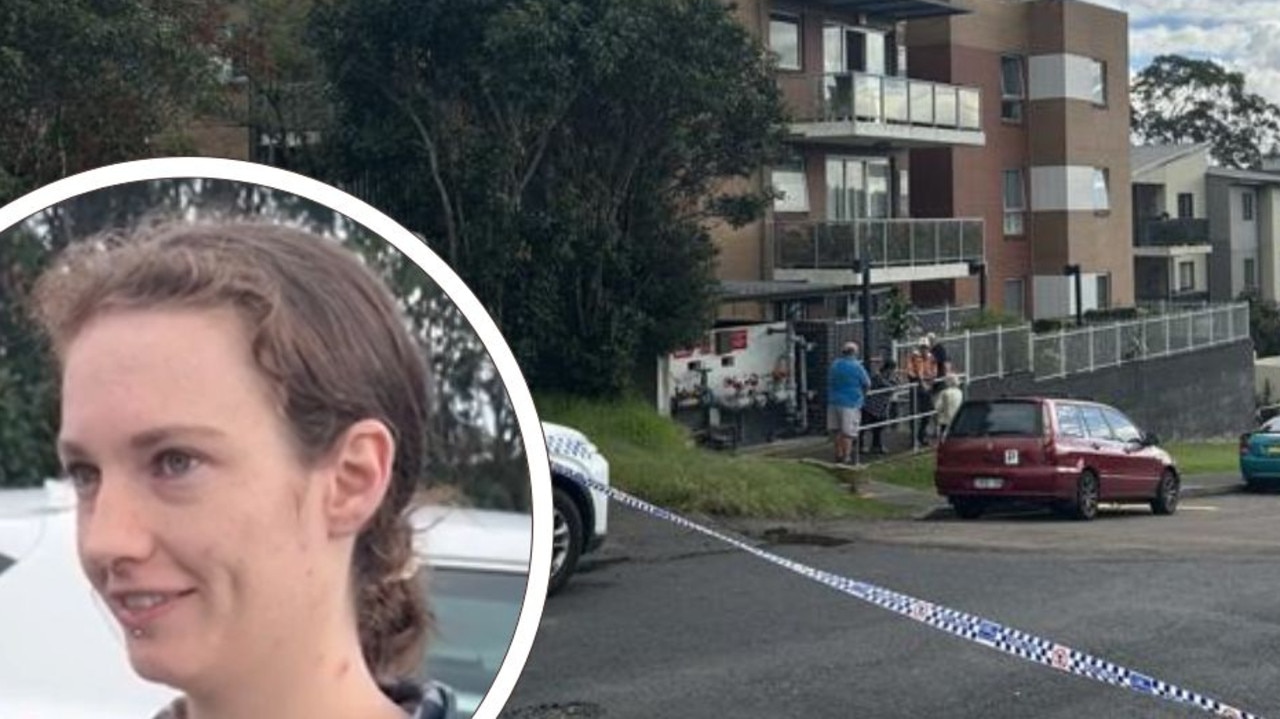Gosford cop Bjorn Lensmand Holston found not guilty of intentionally perverting justice
A cop has been found not guilty of intentionally perverting the course of justice after a judge found while he lied about what he saw, he only did it to “fob off” his boss and not stitch up a crook.

Central Coast
Don't miss out on the headlines from Central Coast. Followed categories will be added to My News.
A Senior Constable altered the narrative of a facts sheet to get his boss off his back rather than intentionally perverting the course of justice, a court has heard.
Senior Constable Bjorn Lensmand Holston faced Downing Centre District Court on Thursday where he appealed two convictions for perverting the course of justice and modifying restricted data.
The 44-year-old was found guilty by a magistrate of the two offences after a hearing in the Local Court last October and sentenced to an intensive correction order (ICO) for 12 months with 100 hours of community service.
An ICO is considered the equivalent of a jail sentence but served in the community.
However Judge Leonie Flannery found while Holston was probably not an impressive or reliable witness, and that there was “no dispute” he changed a narrative in the police computer system — which ultimately did change the course of justice — he didn’t do it intentionally.

Instead Judge Flannery found Holston lied about what he saw to “fob off” his boss, who had asked him twice to resubmit details about a case, rather than an attempt to stitch up a crook.
Holston and another Senior Constable were doing patrols of Sherwood Drive, Springfield, late at night on February 5, 2022, as part of a proactive response to a rise in property related crime.

The court heard they passed the empty driveway of a known offender several times before they came across it again but this time with a white Holden Commodore parked under a car port.
The Crown submitted Holston lied about seeing the car turn into the driveway to “cure an evidentiary defect” in his case that they had seen the car in the street earlier because they found a knife inside and wanted to charge a man with having a knife in a public place.
Holston’s barrister however, argued he had seen the “tail-lights” of the car up ahead on the road and later felt the bonnet was “warm”.
He said if Holston didn’t actually see the car turn into the driveway it was just a “factual error” and not intended to pervert the course of justice.

“There is no dispute that the appellant altered the particulars in a fact sheet or that in doing so he caused a modification of restricted data held in a computer ... and I am satisfied beyond a reasonable doubt he did so,” Judge Flannery said.
“There is also no dispute that the course of justice, or the administration of justice, was perverted as the modification in the narrative caused the charge to be verified by a supervisor and a court attendance notice to be issued.”

“The question then, in relation to sequence one, is whether he altered the particulars, knowing the alterations were false and did so intending to pervert the course of justice, that is obstruct, prevent, pervert or defeat the course of justice or the administration of justice.”
Judge Flannery “rejected” Holston’s account that he saw the tail-lights but accepted he believed he was telling the truth about the car being in a public place only moments before.
“Although I’m satisfied the appellant altered the particulars in what became the facts sheet, knowing that those alterations were false, I’m not satisfied beyond reasonable doubt that he did so intending to pervert the course of justice,” she said.
“As I consider it reasonably possible that after trying to fob off Sergeant Davies without success, he determined to modify the narrative to satisfy Sgt Davies’ concern in the belief that there was sufficient evidence to prove the vehicle had driven in a public place, in any event.
“I therefore find the appellant not guilty of sequence one.”
Judge Flannery adjourned the matter until July 11 for Holston’s defence and the Crown to file further submissions on the second count of modifying restricted data.





